If you’ve noticed your grocery bill creeping higher this week—and then did a double take at the price of soy sauce or avocados—you’re not alone.
The latest round of U.S.-China trade tensions just turned your pantry into a front-row seat to global politics. In a move that feels more like a plot twist than a policy update, both countries have cranked up tariffs, and now your favorite grocery items are caught in the crossfire.
Think of it as a grocery aisle standoff—soy sauce on one side, apple juice on the other, both ducking behind rising import taxes. Some of the foods getting hit are staples in kitchens across America, while others are cult-favorite imports that foodie fanatics swear by.
Either way, the bottom line is clear: these price hikes are no joke.
1. Pearl River Bridge Soy Sauce
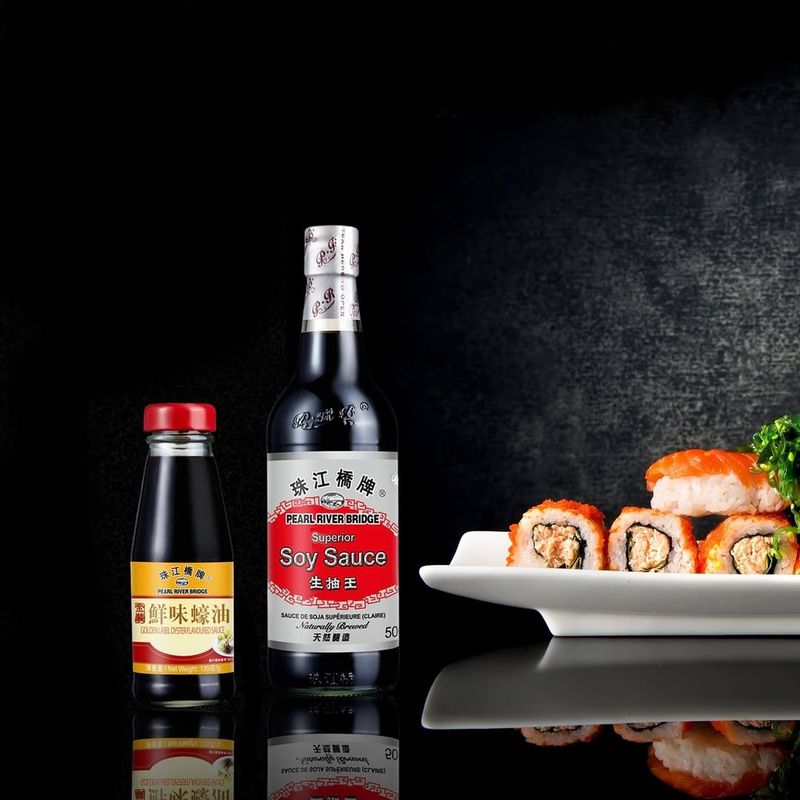
You may want to savor that last drop a little longer. This beloved soy sauce—known for its rich umami kick and velvety smoothness—has become a pantry MVP for home cooks across the U.S. But with the new tariffs in play, it’s likely to become more of a luxury item than a weeknight essential.
Imported straight from Guangzhou, China, Pearl River Bridge Soy Sauce brings authentic flavor to stir-fries, marinades, and dipping sauces. It’s not just a condiment—it’s the soul of countless Asian-inspired meals.
Unfortunately, with tariffs piling on top of already rising import costs, the price tag on this iconic bottle might leave a sour taste in your mouth. Stock up if you can—or brace for a future where that golden brown drizzle costs more than you bargained for.
2. 50Hertz Tingly Foods

There’s nothing subtle about Sichuan peppercorns, and 50Hertz is proof. This brand is known for that signature numbing-tingling sensation that turns your average bite into a full-on sensory adventure.
Crafted with care in China’s Sichuan and Gansu provinces, their spice blends, oils, and snacks have developed a cult following among spice lovers who crave a little thrill on their taste buds. But now, thanks to the latest tariff wave, the price of this electric flavor trip is about to shock your wallet too.
These products weren’t cheap to begin with—but now? That jar of tingly chili oil might feel like a gourmet indulgence rather than a weeknight go-to. It’s a painful twist of fate for fans of fire and flavor.
3. Apple Juice
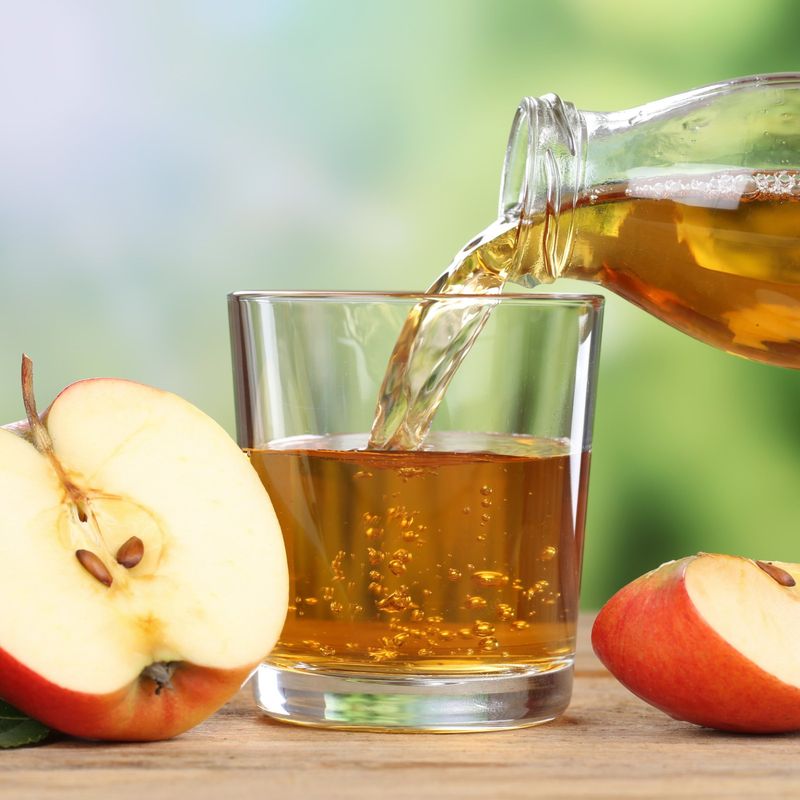
That glass of apple juice you pour in the morning might be more international than you think. China is the world’s largest producer of apple juice concentrate, and the U.S. relies on it heavily—especially for big-name juice brands and store-brand favorites alike.
But with China now slapped with fresh tariffs, this sweet, nostalgic beverage could be slipping into premium territory. Think higher costs at the checkout line and fewer bargain buys in the juice aisle.
This isn’t just a kid’s lunchbox problem, either. Apple juice is often used as a base in fruit blends and smoothies, so you might see ripple effects across multiple beverage shelves. It’s a sobering moment for a drink that’s always felt simple, safe, and cheap.
4. Lee Kum Kee Sauces and Condiments
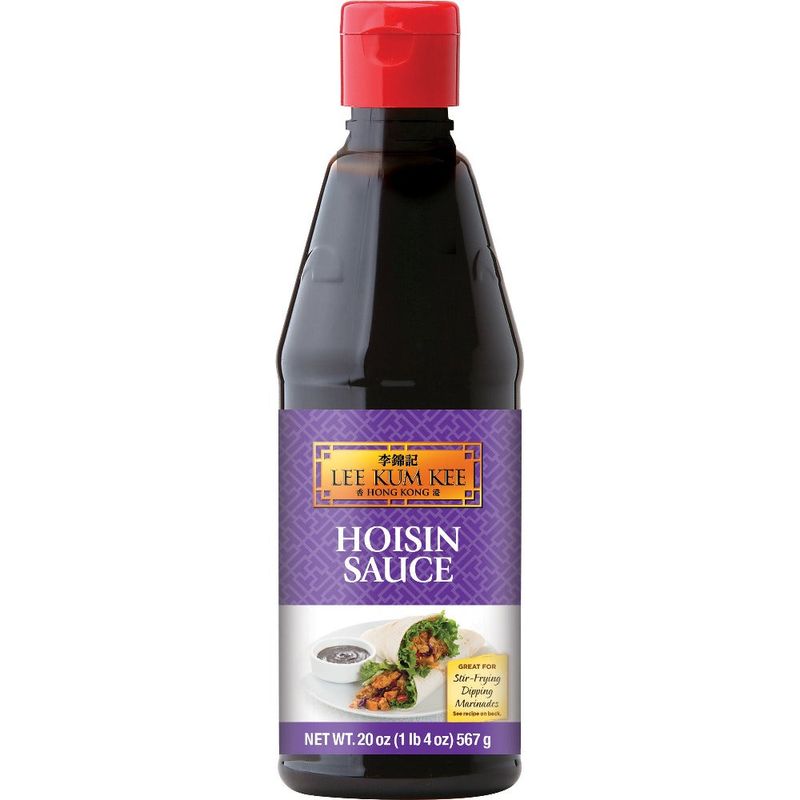
Your favorite stir-fry just got more expensive. Lee Kum Kee, the powerhouse behind hoisin sauce, oyster sauce, and chili garlic sauce, has long been a staple for anyone trying to replicate restaurant-quality flavors at home.
With factories in China and a global distribution footprint, Lee Kum Kee products are the bridge between takeout cravings and homemade magic. But as tariffs spike, these iconic bottles may start feeling more like splurge items than everyday essentials.
Whether you’re whisking up a marinade or giving plain rice a boost, chances are you’ve reached for something from this brand. If you’re a fan, now might be the time to stock up—because those bold, savory flavors are about to come with a bolder price.
5. Frozen Shellfish
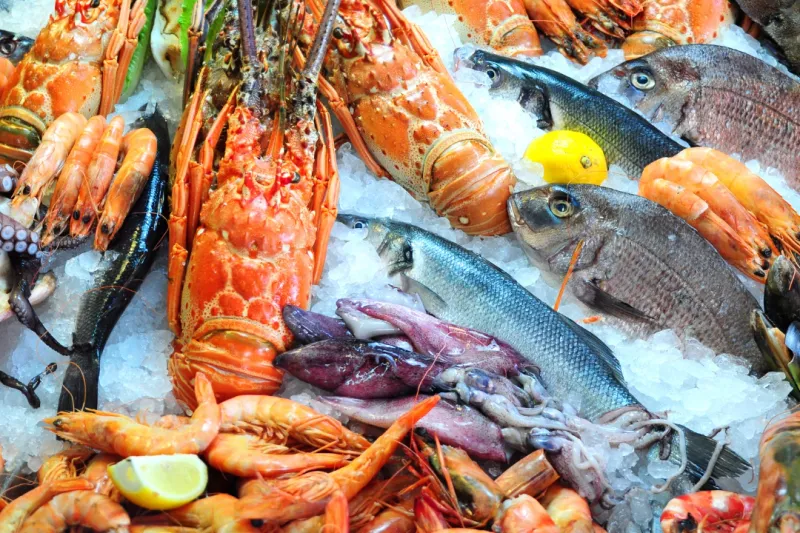
Craving shrimp tacos or buttery scallops? You may want to reconsider—or at least check the price twice. China’s frozen seafood exports, including crustaceans like shrimp and crab, are facing steep tariff increases.
This means your seafood feast could turn into a budget-buster real quick. While the U.S. does source shellfish from other countries, China has long been a dominant player in the game. These new tariffs could tighten supply and push prices across the board even higher.
From frozen bags of peeled shrimp to pre-cooked cocktail platters, you’ll likely feel the impact whether you shop at high-end grocers or discount chains. For seafood lovers, it’s a frustrating twist in an already pricey protein market.
6. Fly By Jing Products
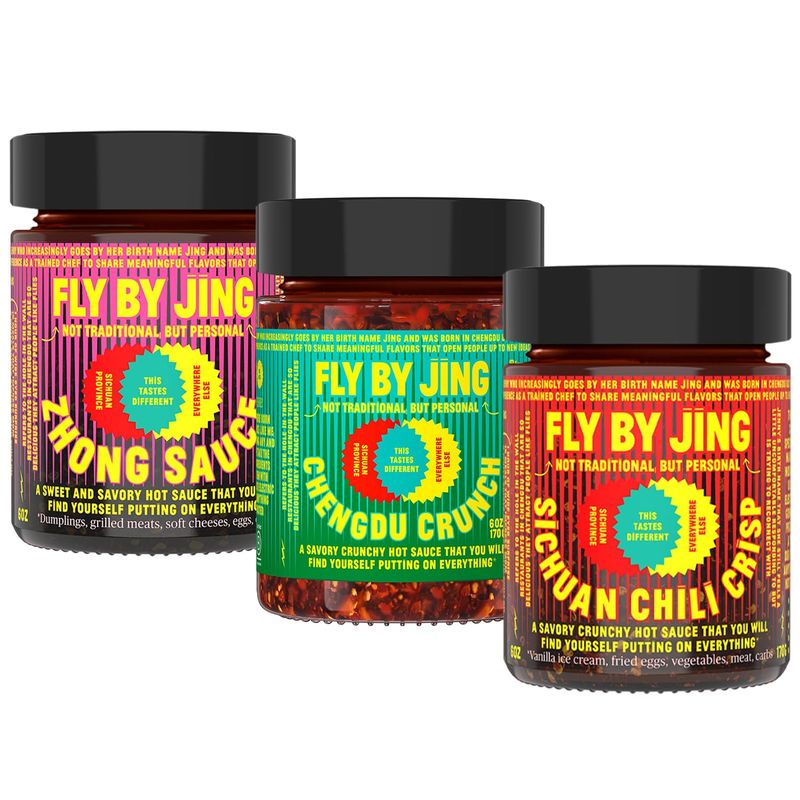
A cult favorite among foodies, Fly By Jing has turned pantry staples into spicy icons. From the moment their Sichuan Chili Crisp hit shelves, it was game over for bland meals everywhere. This is the kind of condiment that transforms eggs, noodles, and even pizza into crave-worthy creations.
But there’s a catch—the brand’s signature flavors are rooted in ingredients sourced from Chengdu, China. And now, those same ingredients are tangled in the thick web of U.S.-China tariffs.
The result? Higher production costs and likely price hikes for jars that were already leaning toward the premium end. If Fly By Jing is your secret weapon in the kitchen, you might want to grab a few extra jars now—before they’re as pricey as truffle oil.
7. Fresh and Frozen Garlic
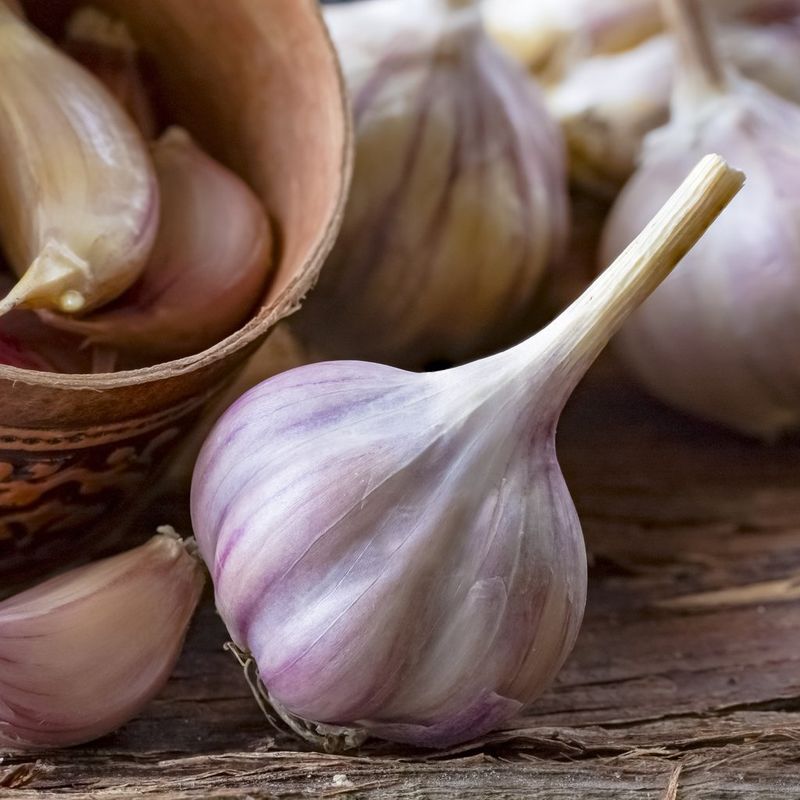
It’s in almost everything you cook—but now it’s about to sting in more ways than one. Garlic, especially the kind imported fresh or frozen from China, is one of the unsung heroes of flavor. And China happens to be the world’s largest supplier.
The U.S. imports thousands of tons annually, much of it pre-peeled or chopped for restaurant use and home cooks looking to save time. But with tariffs spiking, the cost of this kitchen essential is about to go up in a big way.
You might not notice it at first—maybe a few cents more per bulb or clove—but when garlic’s in nearly every savory recipe, those cents start to add up. Looks like vampires won’t be the only ones avoiding garlic this season.
8. Lao Gan Ma Chili Sauce
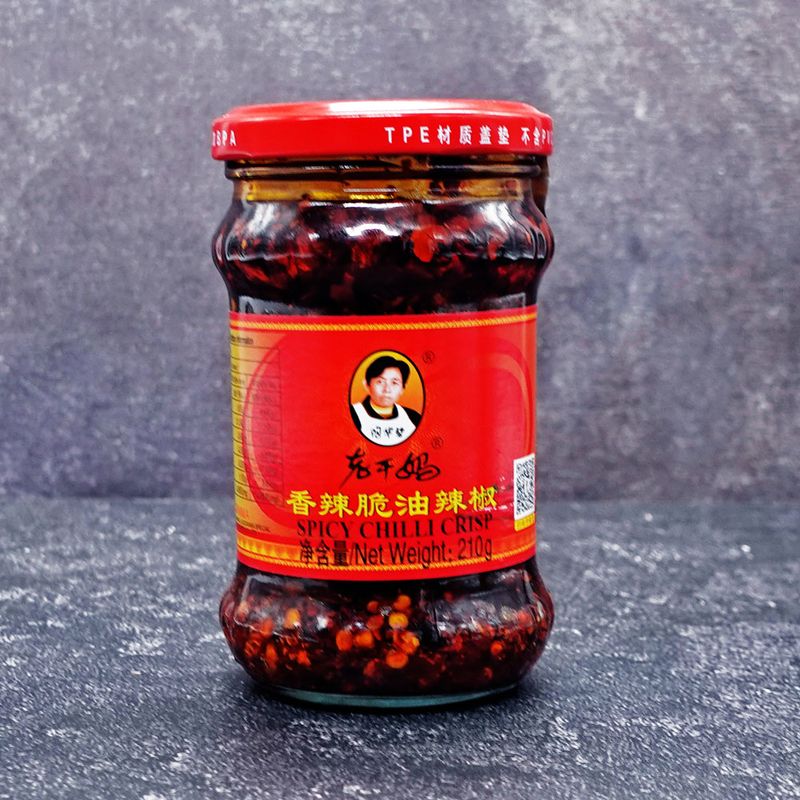
If you’ve never tried it, now’s the time—before prices take off. Lao Gan Ma’s spicy, umami-rich chili sauces are legendary in Chinese households and hipster pantries alike. With its unmistakable red label and savory punch, it’s the kind of condiment you find yourself addicted to.
But it’s produced in Guizhou, China, and you guessed it—tariffs are coming for it. While Lao Gan Ma has always been relatively affordable, that could change soon, especially if you buy it through importers or specialty grocers.
For fans who slather it on everything from rice bowls to sandwiches, this tariff news hits hard. Better grab a few jars while they’re still spicy and cheap.
9. Avocados
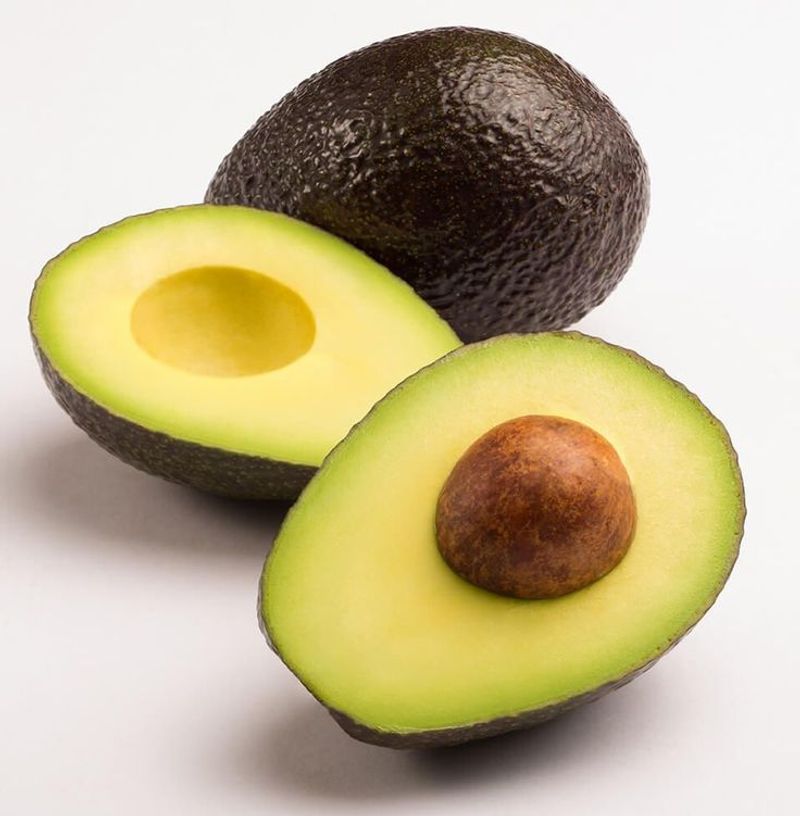
Don’t panic—but your guacamole might be about to cost you extra. The vast majority of avocados consumed in the U.S.—about 88%, to be exact—are imported from Mexico. And with tariffs now targeting Mexican produce, these green gems are caught in the economic crossfire.
The timing couldn’t be worse. Avocados have long teetered between “trendy health food” and “why are these $3 each?” territory. Throw in a 25% tariff, and suddenly your avocado toast is looking like a fine-dining luxury.
Restaurants will feel the squeeze too, passing the cost down to customers with every chip-and-dip order. It might be time to savor each bite like it’s your last—because that extra guac? It’s no longer just “extra” in price.
10. Orange Juice
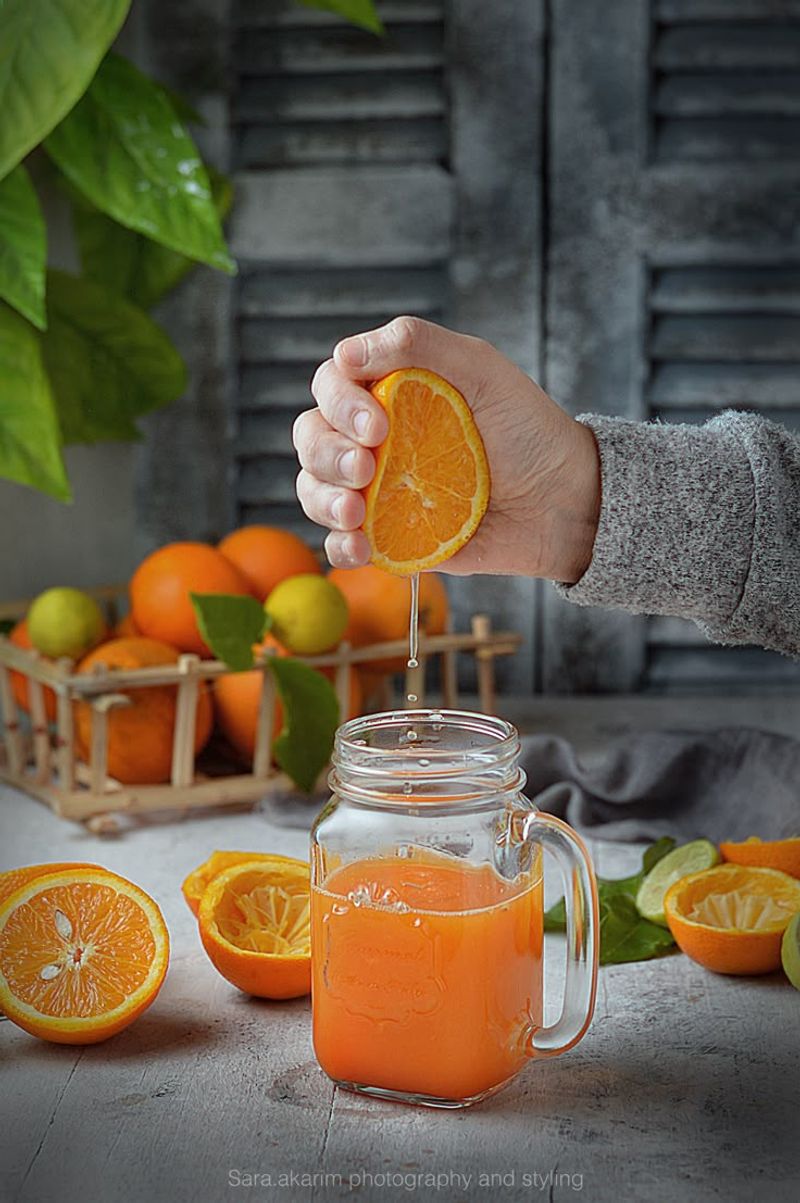
The breakfast table just got a little gloomier. Nearly 80% of the orange juice on American shelves is imported, and Mexico supplies over two-thirds of that. With the new tariffs, this morning staple is slipping into “premium beverage” territory.
OJ already had its share of challenges—falling production in Florida, increased demand for “fresh pressed,” and changing health trends. Now, with higher import costs looming, the price-per-pour is going up even more.
It’s not just cartons and bottles that’ll feel the pinch. Smoothie bars, brunch menus, and even mimosa kits could quietly raise their prices. So if orange juice is your daily ritual, you might want to squeeze every drop from that next glass.
11. Sweet Corn
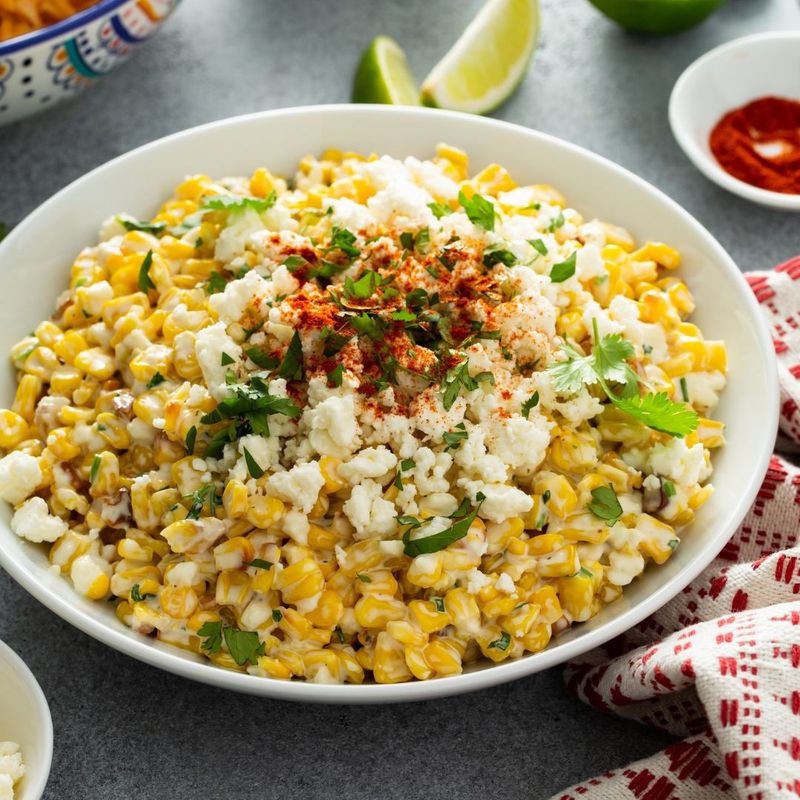
Those golden, juicy kernels you toss in salads or slather in butter at barbecues? They’re not as all-American as they seem. A huge chunk of sweet corn in the U.S. comes from Mexico and Canada—both now squarely in the tariff crosshairs.
While we do grow plenty of corn stateside, fresh and frozen sweet corn imports fill gaps in supply, especially during off-season months. With import taxes climbing, that bag of frozen corn or fresh ears at the market could cost a whole lot more.
Corn may be humble, but it’s everywhere—from tacos to chowders to weeknight casseroles. So if it seems like a small loss, just wait until your grocery bill inches up from a few extra cents here and there. Tariffs or not, dinner still needs a side dish.
12. Strawberries
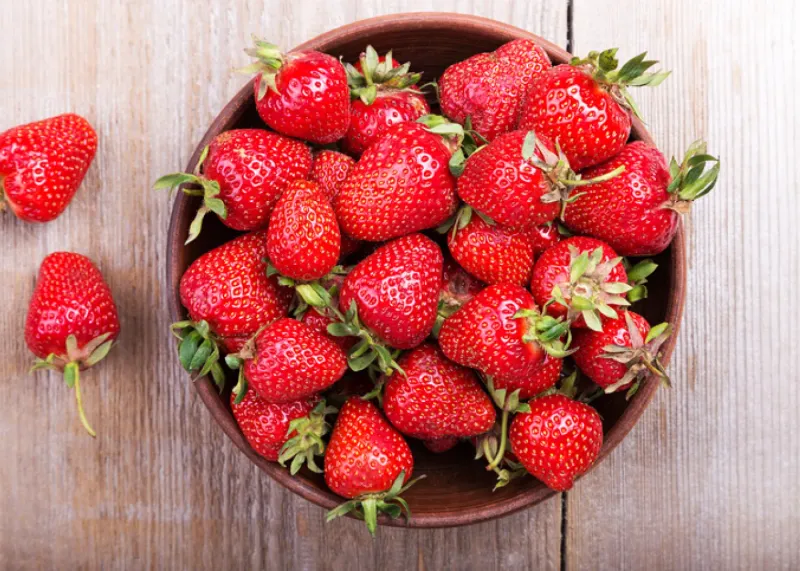
What’s sweeter than a fresh strawberry in spring? Not the price tag, apparently. Mexico is a major supplier of strawberries to the U.S., especially when domestic fields aren’t in full bloom. But now, with tariffs entering the chat, that pint of berries might start feeling a little extra…luxurious.
Frozen strawberries are affected too, meaning your morning smoothies or baking batches could take a financial hit. It’s a bummer, especially since strawberries aren’t just a snack—they’re a dessert, a decoration, and the heart of many a summer treat.
Prices may vary depending on the season and store, but if you see berry prices creeping up, you’ll know why. Spoiler: It’s not because they’re suddenly rare—it’s because trade got a whole lot trickier.
13. Cabbage
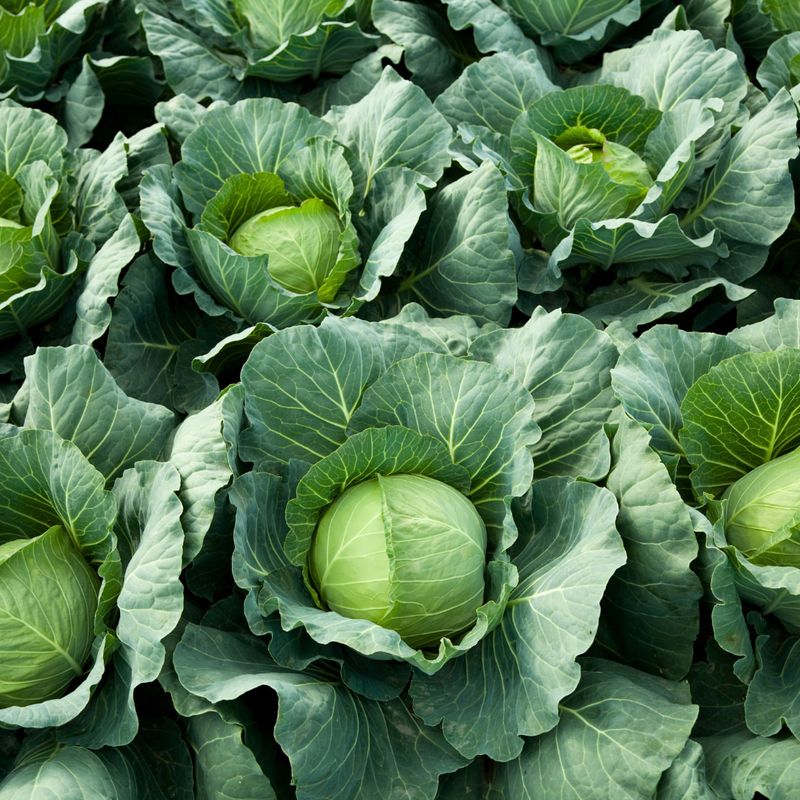
Usually one of the more affordable items in the produce aisle, cabbage might soon lose its budget-friendly charm. A significant amount of it is imported from Mexico and Canada—nations now tangled up in a hefty tariff hike.
This humble veg stars in everything from coleslaw to kimchi, and it’s quietly one of the most nutrient-packed ingredients out there. But as transport and import costs rise, even a staple like cabbage can start to feel like an unexpected splurge.
It’s a bit ironic, really. A food that’s been a symbol of frugality is now part of an international pricing war. Whether you’re wrapping tacos or whipping up a stir-fry, keep your eye on the produce bin—your wallet might notice the change before your taste buds do.
14. Peppers
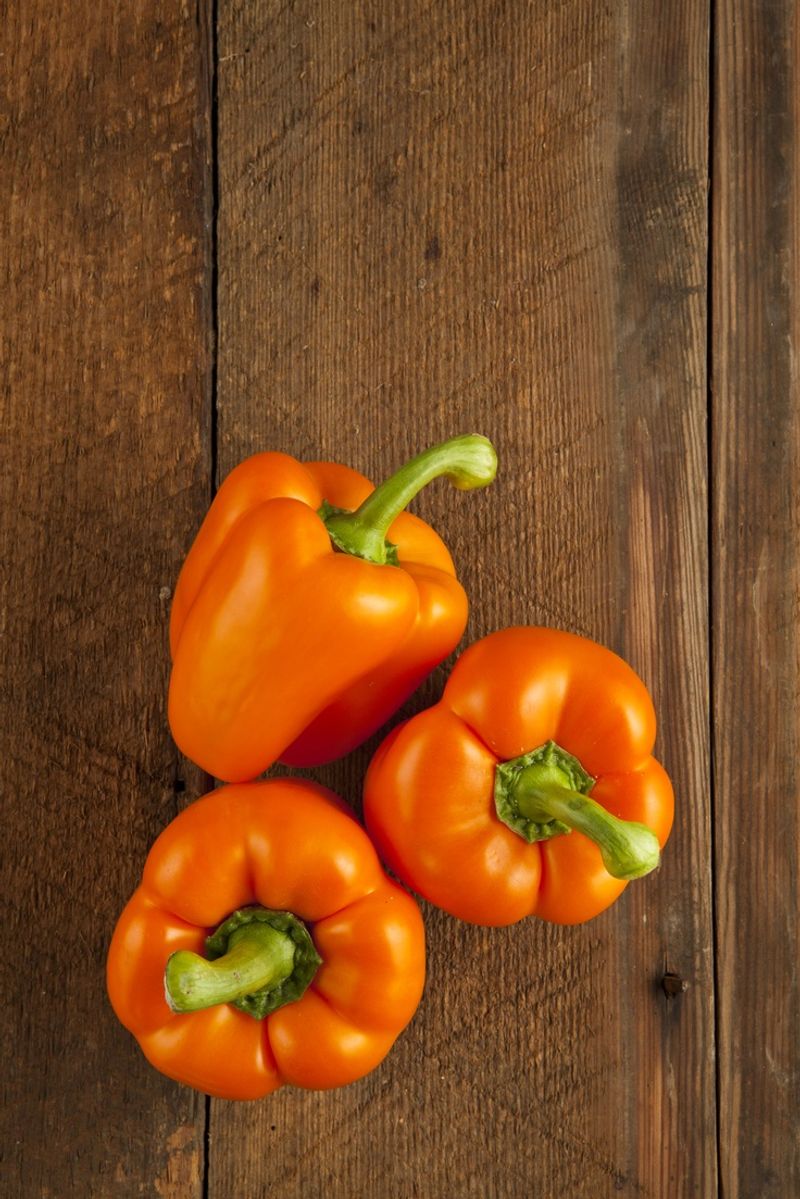
Bell peppers, chili peppers, poblano, jalapeño—you name it, we import it. And most of it comes from Mexico, where the produce industry is now staring down a 25% tariff wall.
These colorful beauties aren’t just for garnish—they’re packed with vitamin C and flavor, and they show up in dishes from fajitas to omelets. But with tariffs driving up costs, your favorite meal-prep veggie might be trading in its affordability for a spot on the “premium” list.
Hot peppers aren’t spared either, so if you like a little heat with your meals, prepare for the burn to extend to your grocery bill. It’s a spicy situation, and not in the fun way.
Leave a comment